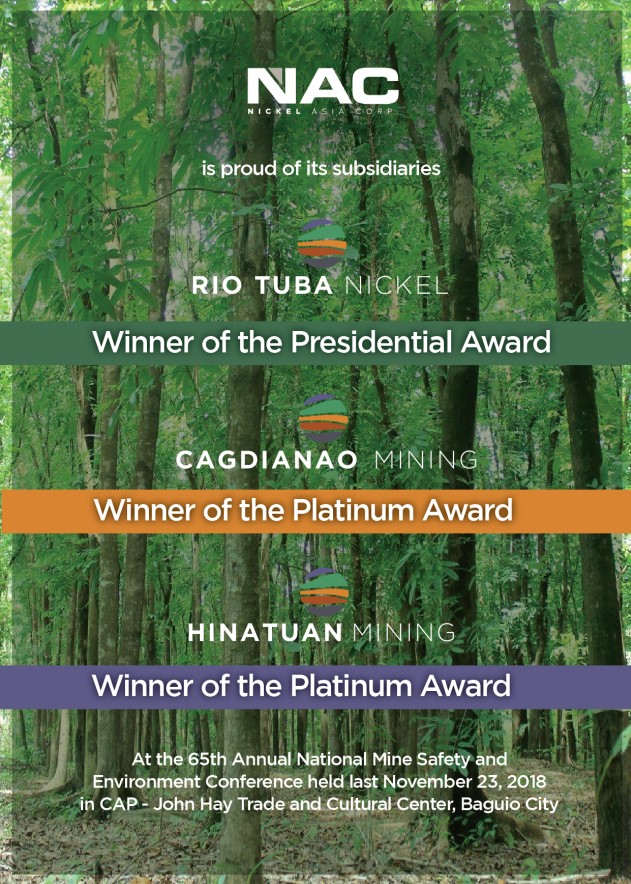Pangasinan Butandings soon a major attraction
LINGAYEN—Whale sharks, locally known as butanding (Rhincodon typus), have been a mainstay at the Lingayen Gulf for months now and the provincial tourism office has started looking into setting up organized sightseeing tours.
Ma. Luisa Elduayan, provincial tourism officer, said they are currently in coordination with the Water Search and Rescue (WASAR) team to establish the frequency of sightings.
WASAR has an outpost at the shoreline here manned daily from 6:00 a.m. to 6:00 p.m.
“Once established, then we can package that as an added tourist attraction,” Elduayan said.
At present, no visitors are allowed to go out at sea for a closer encounter with the gentle giants, the biggest known fish.
“They might go away if they get stressed out and we don’t want that to happen,” she said.
Last week, a pod of seven whale sharks were seen swimming near the shorelines at the back of the Capitol building, the seat of the provincial government, and the Urduja House, the official residence of the governor.
PROTOCOLS
Meanwhile, Dr. Westly Rosario, chief of the National Integrated Fisheries Technology and Development Center in Dagupan City, said a group of experts should be tapped to teach protocols in the management of whale sharks in the province “so these whale sharks would stay here longer.”
“After all, it would be us who would benefit from their presence in the long run,” he added.
Dennis Tiangson from this town who has been working with WASAR for a year said he has already spotted whale sharks in the waters here about 20 times, at some periods on a daily basis.
Israel Abalos from Dagupan City, a volunteer at the Provincial Disaster Risk Reduction Management Council for a year now, said sometimes members of the WASAR team are able to swim close by to observe them.
Rosario noted that butandings have been seen at the Lingayen Gulf since 2001, but it is only recently that they seem to have stayed for a long period and in a bigger number.
“Their presence in Lingayen Gulf is an indication that they have abundant food like anchovies and small shrimps here,” Rosario said.
The whale sharks could be seen swimming near the shorelines of San Fabian, Dagupan City, Binmaley, Lingayen, Labrador and up to Alaminos City where the world-famous Hundred Islands National Park is located as well as the neighboring Damortis in La Union province.
Rosario noted that the “recruitment”, referring to the reproduction of whale sharks, takes 30 years, which is why it is crucial to protect the specie.
“It takes long before a new whale shark is born,” he said.
SAN FABIAN
In San Fabian town, where the whale sharks are more often spotted, fishermen have been earning extra income by ferrying tourists on their boats to watch the creatures.
Sara Rusela Lazo, municipal planning and development officer of San Fabian town, did not talk about plans of regulating the tours but acknowledged that “the sighting of butandings have become a bonus attraction” for the town, which is a popular beach destination.
Lazo, former municipal tourism officer, said the presence of the whale sharks boosts their tourism, especially during off period or the rainy season.–Eva Visperas






